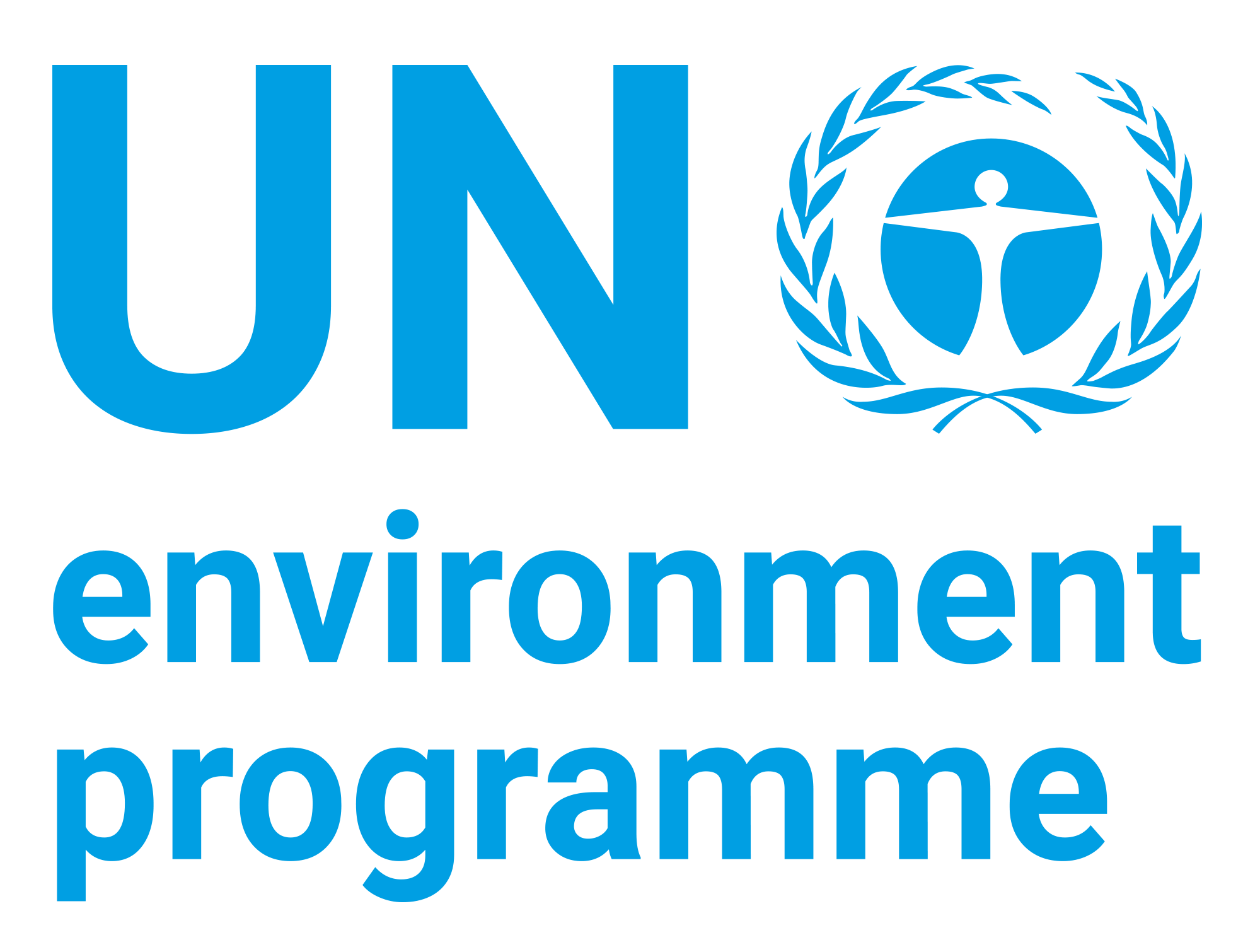Implications of Proposed CO2 Emissions Limitations

Date
1997Author
Intergovernmental Panel on Climate Change
Citation Tool
Bibliographic Managers
RT Generic T1 Implications of Proposed CO2 Emissions Limitations A1 Intergovernmental Panel on Climate Change YR 1997 LK https://wedocs.unep.org/20.500.11822/8834 PB Intergovernmental Panel on Climate Change (IPCC) AB TY - GEN T1 - Implications of Proposed CO2 Emissions Limitations AU - Intergovernmental Panel on Climate Change Y1 - 1997 UR - https://wedocs.unep.org/20.500.11822/8834 PB - Intergovernmental Panel on Climate Change (IPCC) AB - @misc{20.500.11822_8834 author = {Intergovernmental Panel on Climate Change}, title = {Implications of Proposed CO2 Emissions Limitations}, year = {1997}, abstract = {}, url = {https://wedocs.unep.org/20.500.11822/8834} } @misc{20.500.11822_8834 author = {Intergovernmental Panel on Climate Change}, title = {Implications of Proposed CO2 Emissions Limitations}, year = {1997}, abstract = {}, url = {https://wedocs.unep.org/20.500.11822/8834} } TY - GEN T1 - Implications of Proposed CO2 Emissions Limitations AU - Intergovernmental Panel on Climate Change UR - https://wedocs.unep.org/20.500.11822/8834 PB - Intergovernmental Panel on Climate Change (IPCC) AB -View/Open
Item Statistics
Display item statisticsMetadata
Show full item recordDescription
This technical report is aimed at providing information on the implications of Annex I country CO2 emissions for global CO2 emissions and the consequences of these emissions limitations for CO2 concentration. This report gives a summary of the results of this study looking at various factors namely: emissions, stabilization, concentration and temperature and sea level. A comprehensive description and quantification of emissions limitation proposals is made by the report. It also discusses global emissions under the emissions limitation proposals relative to the requirements of the CO2 concentration stabilization (Article 2 of the Framework Convention on Climate Change). It also presents a proposal on emissions limitations relative to stabilization requirements. The results of calculations for the consequences on the global mean temperature and sea level as a result of the proposed CO2 emissions limitations is also presented in this report.
Collections
Document Viewer
To read more, scroll down below.

